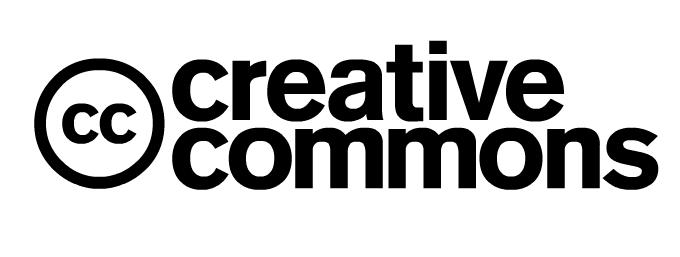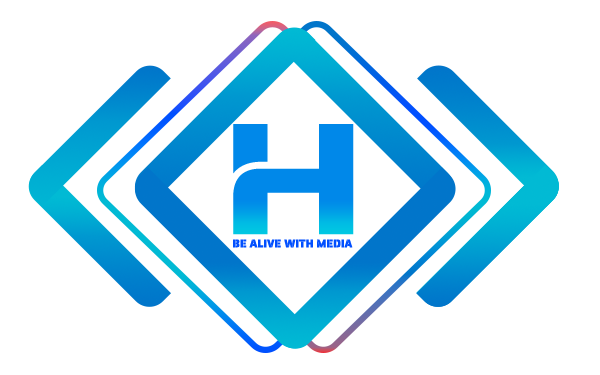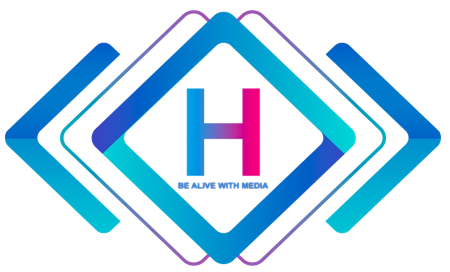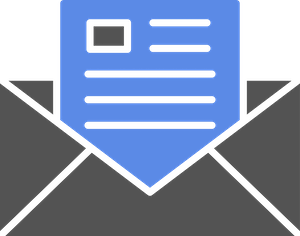In today’s internet landscape, the issue of copyright protection is more relevant than ever. A quick search of Google will bring up many articles on this subject, showing a wide variety of lawsuits and takedown reports done by major companies targeting amateur artists who were caught trying to violate copyright. While nothing is 100% original content these days, many lawyers and businesses have made a fortune for themselves seeking out copyright cases. Even if your intentions as a creator were artistic, you still might find yourself on the bad side of this argument.
With this in mind, it’s worth brushing up on some basic practices in order to avoid any potential copyright action or lawsuit when you are choosing to publish your work online. If you intend to receive any kind of financial gain for your work you’ll need to be aware of the laws and common practices that other content creators practice. Consider these tactics:
-
Be Aware Of and Study Fair Use Law
According to the Copyright Act, the expression “fair use” is defined as “freedom of expression by permitting the unlicensed use of copyright-protected works in certain circumstances.” It goes on to define these circumstances as “criticism, comment, news reporting, teaching, scholarship, and research”. With this in mind, it might be worth formulating an argument for why your original work is a contribution of fair use if it indeed uses copyrighted material somewhere. Typically, artists use the argument that their work is a social or artistic commentary of which the copyrighted work was necessary to accomplish.
There are many examples of artists successfully using the fair use argument to avoid a copyright lawsuit. The rap artist Drake recently won an argument in favour of Fair Use for sampling a 1970s musician in one of his popular songs. Popular YouTube channel H3H3Productions recently won a copyright lawsuit targeted against them by making a fair use argument. The original content creator had sued them for making a “react” style video to his content on YouTube.

-
Utilize Free and Available Resources For Material Such as the Creative Commons
You could be unwilling or not confident about using the legal argument of fair use for your work. Consider the wide variety of resources available by the “Creative Commons” if you truly wish not to violate copyright. Creative Commons is dedicated to providing a database of material that is free of copyright and available for public use without fear of any kind of copyright retribution. These works are contributed by artists whose wish is for others to use them to create other works, making the effort a noble and useful cause.
If you visit the Creative Commons Website, you’ll see that it functions as a convenient search engine, applying its special filters to popular image resources like Google Images, Soundcloud, Youtube, and Flickr, enabling you to search through resources in order to find just what you’re looking for. This will ensure that your work is not violating any sort of copyright law in place. The images in this article, for instance, were pulled from the Creative Commons search, meaning they can never be forcibly removed by their creator.

-
Ensure Your Writing is not Plagiarized Using Online Checkers
In school, your writing teacher might have warned you about the dangers of plagiarizing the work of others. At the time, the threat was likely that you would get a bad grade or get in trouble with the school officials. In the real World, however, plagiarism of writing can fall directly into copyright law resulting in an expensive and costly lawsuit for something that may or may have not been in your control.
The resources content creators use for plagiarism are similar to some of these resources that teachers use to check the content of their students’ paper submissions. Online plagiarism checking services are abundant and available, both in the paid and free qualities. These checkers work as sort of a reverse image search of text, crawling through various search engines while using the text in different contexts to see if its structure and semantical meaning appears in any other web content.
The most popular plagiarism checking tool available is Grammarly, which also functions as a proofreading tool for writing. Grammarly may be the strongest of these tools given its large size as a company which ensures they’ve used its resources effectively to detect plagiarism. However, a simple Google search will reveal a lot of plagiarism-checking databases that offer their services for free. PaperRater is one such free service.
Bonus: What if my work gets stolen? How could I check?
If you are worried somebody is using your personal work without permission, there is one particular internet searching technique you should be familiar with. The concept of reverse searching revolves around you providing the search engine with something to pull from its databases, showing you websites where it is appearing. You would then determine whether or not you provided these websites with permission and possibly make a case for copyright violation.
Unfortunately, this technology is currently limited to image and text searching. There are various tricks, however, to check the copyright status of videos. You could take a screenshot of your video for a thumbnail and then search for it. If it appears, you found the person who violated your copyright. Text searching can be done by putting your text in quotes in the search field such as “Four score and seven years ago”. Popular reverse search websites include Google, Bing, and TinEye.
You Can Also Check:
– 15 Practical Technical SEO Tips to Boost Your Google Rankings
– How To Attract New Customers Through Content Marketing
– Why Duplicating Content Will Make You A Laughingstock
















